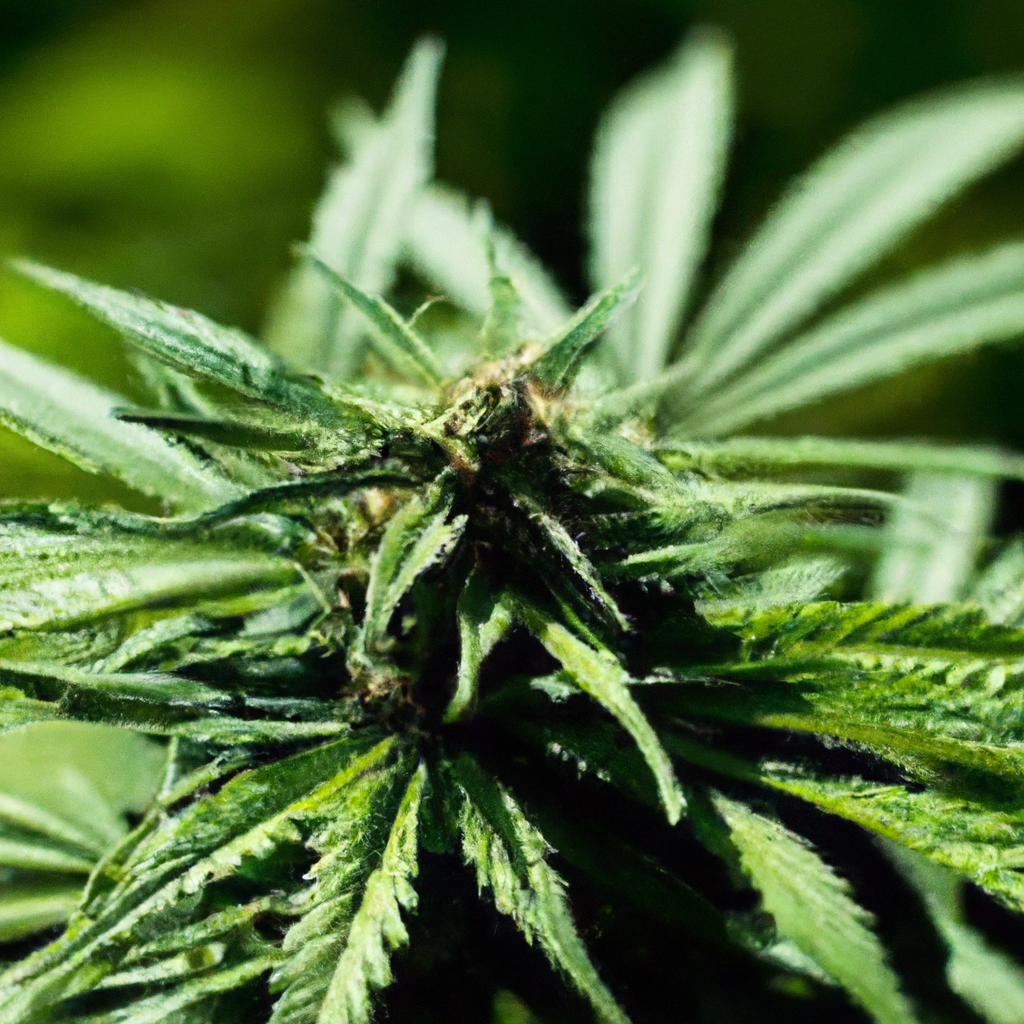Your cart is currently empty!
As the cannabis industry continues to grow, its effects on biodiversity have become a topic of interest for environmentalists and growers alike. Understanding the complex relationship between cannabis cultivation and biodiversity is crucial for sustainable development.
Introduction to Cannabis and the Ecosystem
Cannabis, a versatile plant with numerous applications, plays a unique role in various ecosystems. While its cultivation can influence biodiversity, both positively and negatively, implementing sustainable practices can help balance the scales.
Positive Impacts of Cannabis on Biodiversity
Cannabis cultivation, when managed responsibly, can contribute positively to local biodiversity:
- Habitat Support: Cannabis plants can provide habitat for various insects and microorganisms that promote ecological balance.
- Pollinator Attraction: The flowering stages of cannabis can attract pollinators like bees, supporting healthier ecosystems.
- Soil Health Improvement: The root systems of cannabis can enhance soil quality through natural aeration and nutrient cycling.
Challenges Posed by Cannabis Cultivation
While there are benefits, cannabis cultivation also poses certain challenges to biodiversity:
- Deforestation: Clearing land for cannabis farming can lead to habitat loss and decreased biodiversity.
- Pesticides and Chemicals: The use of synthetic chemicals can negatively impact non-target species, reducing local biodiversity.
- Water Usage: High water demand for cannabis grows can strain local water resources, affecting aquatic biodiversity.
Promoting Biodiversity in Cannabis Cultivation
To minimize negative impacts and promote biodiversity, growers can adopt several sustainable practices:
- Integrated Pest Management (IPM): Using IPM strategies reduces reliance on chemical pesticides, encouraging natural pest control.
- Companion Planting: Growing cannabis alongside beneficial plants can enhance pest resistance and support local wildlife.
- Sustainable Water Practices: Implementing drip irrigation and rainwater collection systems can help conserve water.
Conclusion
Cannabis cultivation’s effect on biodiversity is multifaceted, with potential for both harm and benefit. By implementing sustainable practices, the industry can reduce its ecological footprint and contribute positively to local ecosystems. Embracing biodiversity not only helps safeguard the environment but also improves crop resilience and quality.
Tags: CannabisCultivation, SustainablePractices, EnvironmentalImpact, EcosystemBuilding, IntegratedPestManagement
Discover more from Magic Clones
Subscribe to get the latest posts sent to your email.


Leave a Reply